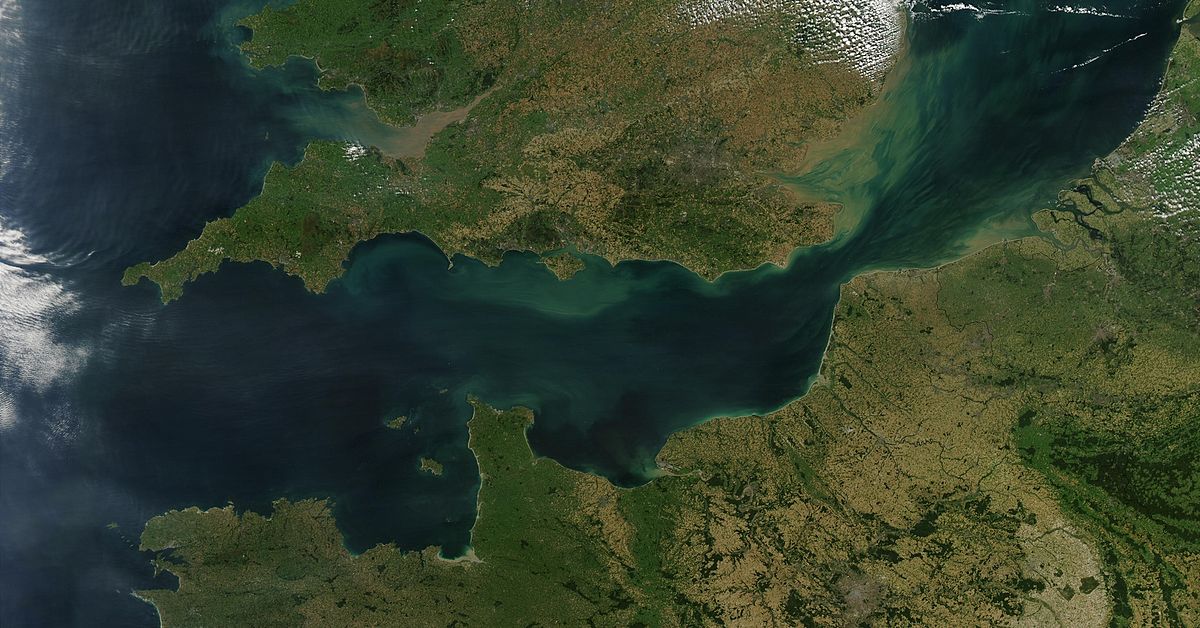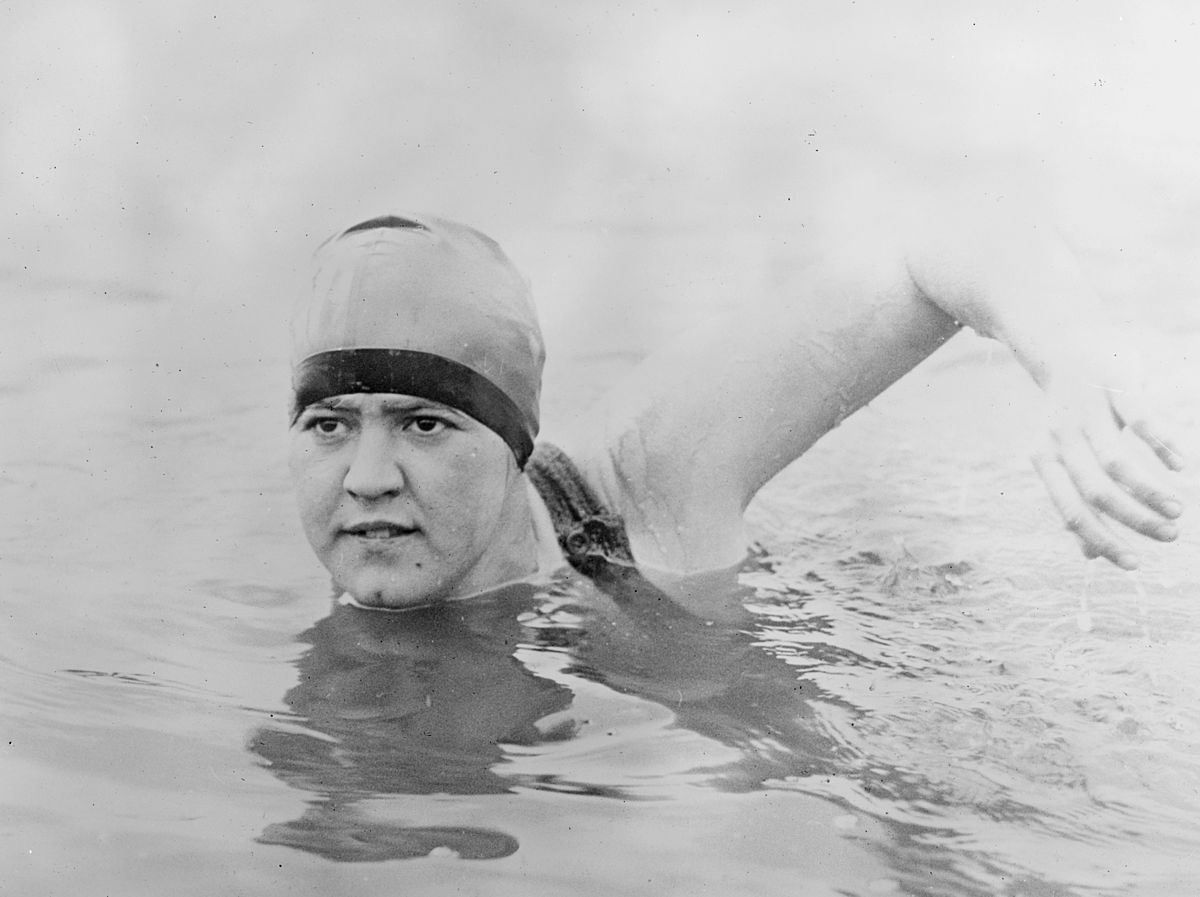Swimming the English Channel

History and Fact-Packed Guide to Swimming the English Channel
For a large part of the 19th century, swimming across the English Channel seemed an almost impossible dream, the 21 mile swim was deemed too far for human endurance. However, in August 1875, an Englishman named Matthew Webb finally achieved the feat. While it took a further 36 years to be achieved again, today it is much more commonplace.
This guide to swimming the English Channel starts with a look back the history of the swim, starting with the exploits of Robert Webb, before detailing other significant events. Then the article moves on to detail how a swimmer today should prepare for this momentous swim, detailing both the fitness and environmental aspects.
The First Ever Channel Swim
An Englishman named Robert Webb was born in Shropshire in 1848 and as a child would regularly swim in the River Severn. With a natural affinity for water, Webb joined the merchant Navy and in 1873, at the age of 28, read of a failed attempt to swim the channel by J. B. Johnson. Robert Webb quit his job in the navy and dedicated himself to achieving the feat. His training started in the Lambeth baths, before moving onto the open waters of the Thames, the Channel itself and Hollingsworth Lakes.
By 1875 Webb felt ready to make the swim and on August 12th he set out to become the first person ever to make the treacherous swim. Unfortunately, the conditions were not perfect with strong winds hampering his progress and he was forced to abandon the attempt.
Twelve days later Webb tried again, diving off the Admiralty Pier in Dover to start the journey. Webb was smeared in porpoise oil and backed by three boats. He was stung by jellyfish on the way, but 21 hours and 45 minutes after setting out, Webb would land near Calais.
Ever the adventurer, Webb would lose his life just 8 years later when attempting to swim through the Whirlwind Rapids in Niagara Falls.

Notable Channel Swims
The second swim across the Channel would take place 36 years after the first, when Thomas William Burgess made the swim, while Argentinian Enrique Tirabocchi was the first man to swim the channel from France to England in 1923. Three years later, Gertrude Ederle (pictured) of the USA would become the first woman to make the swim and in 1927 Mercedes Gleitze, a daughter of a German immigrant became the first British woman to achieve the feat. In 1961, Argentinian Antonio Abertondo became the first person to swim both ways non-stop.
Australian Trent Grimsey has completed the fastest ever Channel swim in a time of 6 hours and 55 minutes in 2012, while the women’s record of 7 hours and 25 minutes was set by Czech Yvetta Hlaváčová in 2006. Alison Streeter of the UK holds the record for the most crossings with 43, while the male record holder is Kevin Murphy of the UK with 34.

Swimming the English Channel: Preparation
To swim the English Channel there are two key aspects to your training. The first of these is endurance training and this will start many months or even years before you set out on your swim. The second aspect is getting used to swimming in the sea, which is a totally different experience to swimming in the calm environment of the pool.
At first the endurance work should be put in and this can be achieved in the pool at first. Regular three or four hour swims are a good starting point and this will help to build up that endurance for the tougher sea swims.
Now you’ll need to head to the sea and get used to the extremely different conditions. At first you should stick to much shorter sea swims, before building up to the similar three to four hour sessions at the pool. It is said that a successful Channel swimmer will need to be at a level where regular six hour sea swims are achievable.
Hypothermia
It’s not just the fitness levels and the swim that you have to consider as you’ll have to eat right too. The diet for a Channel swim s very different to what you might expect from an athlete, as most swimmers will have to put on in the region of 25 pounds. This will give the swimmer a layer of fat, which will be vital in fighting off the threat of hypothermia in the cold conditions – a great many have failed simply because of hypothermia. Gaining weight while training hard is not the easiest thing to do, so a diet of complex carbohydrates and unsaturated fat will help you gain the necessary weight.
You also have to consider the safety aspect too. Sea swimming alone with little experience is a definite no. This is even dangerous for the accomplished and well-trained swimmer if there is the tiniest chance of hypothermia.
Picture Credits: www.wikipedia.com
Popular Fitness Guides:
- Home Gym Flooring Guide
- Outdoor Trampolines Compared
- MMA Training Guide
- Best Home Rowing Machine
- Home Fitness Equipment Under £100
- Best Kangoo Boots
- 5 Most Popular Racket Sports
- Staying Fit on the Beach
- Sweating, The Ultimate Guide
- Winter Snow Shoe Grips
- Return to Fitness Tips


